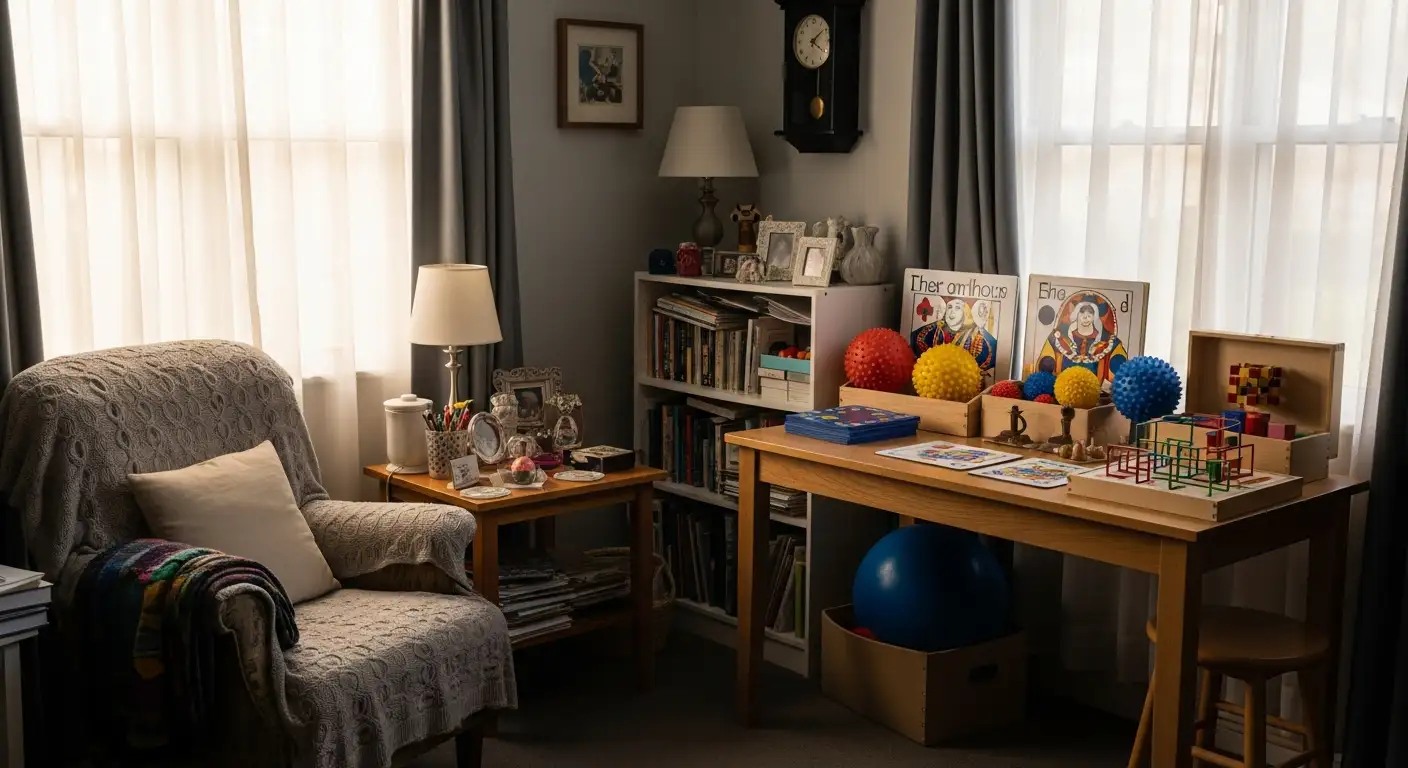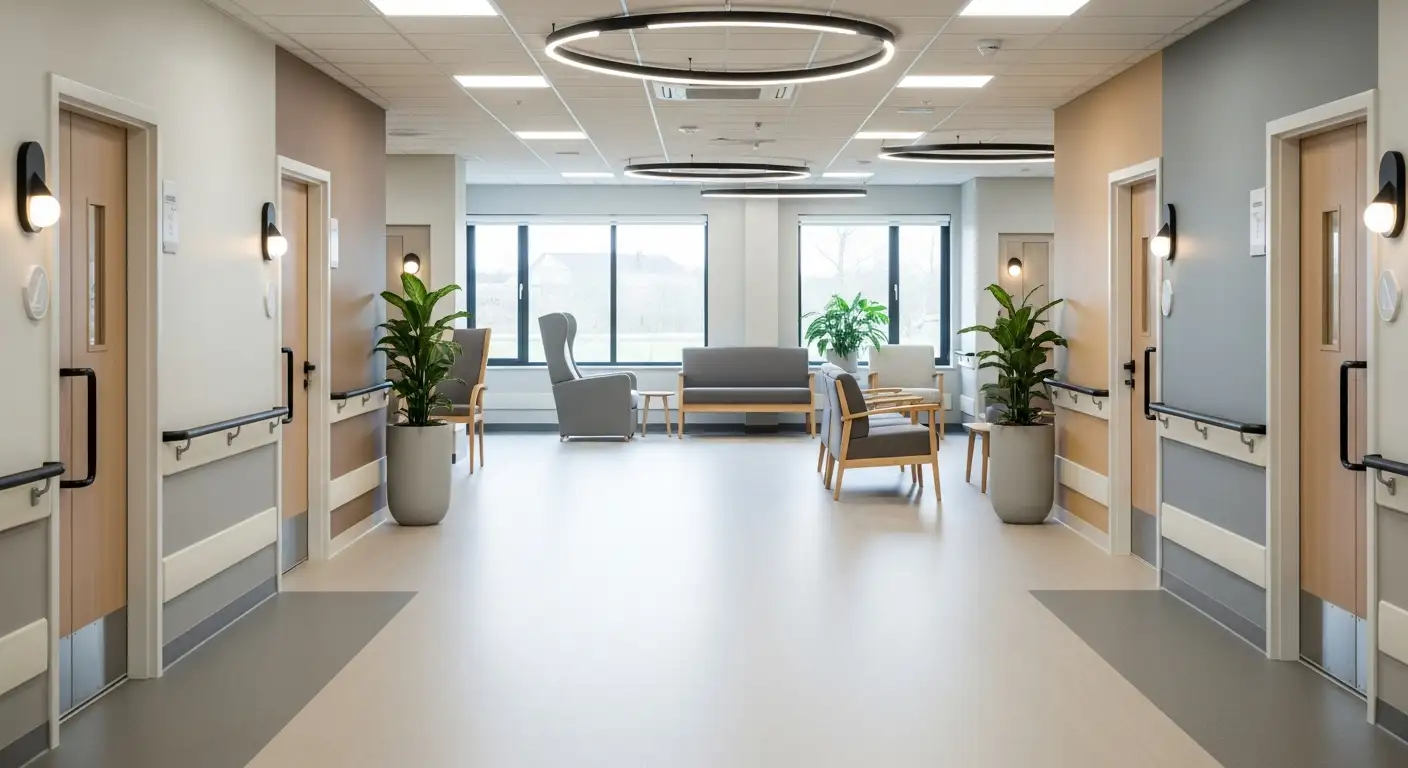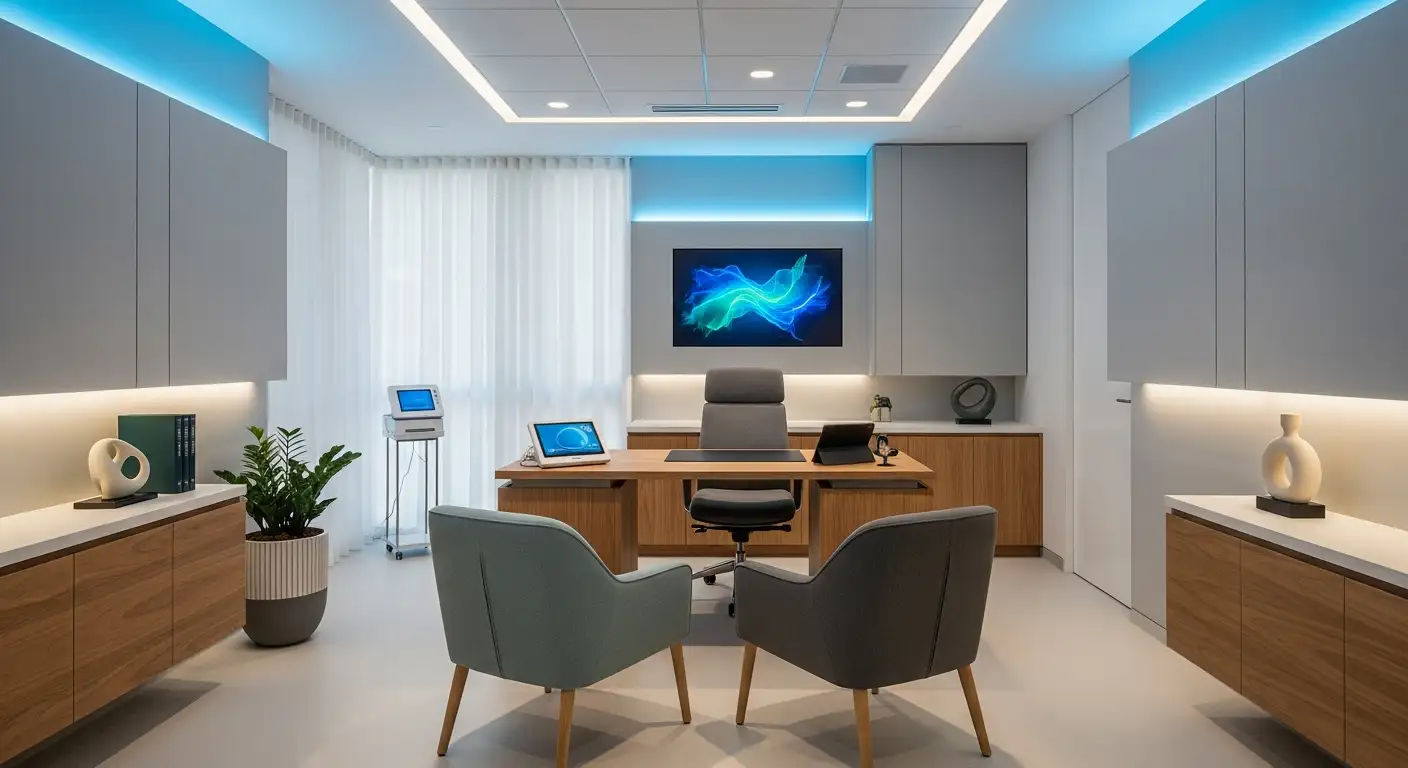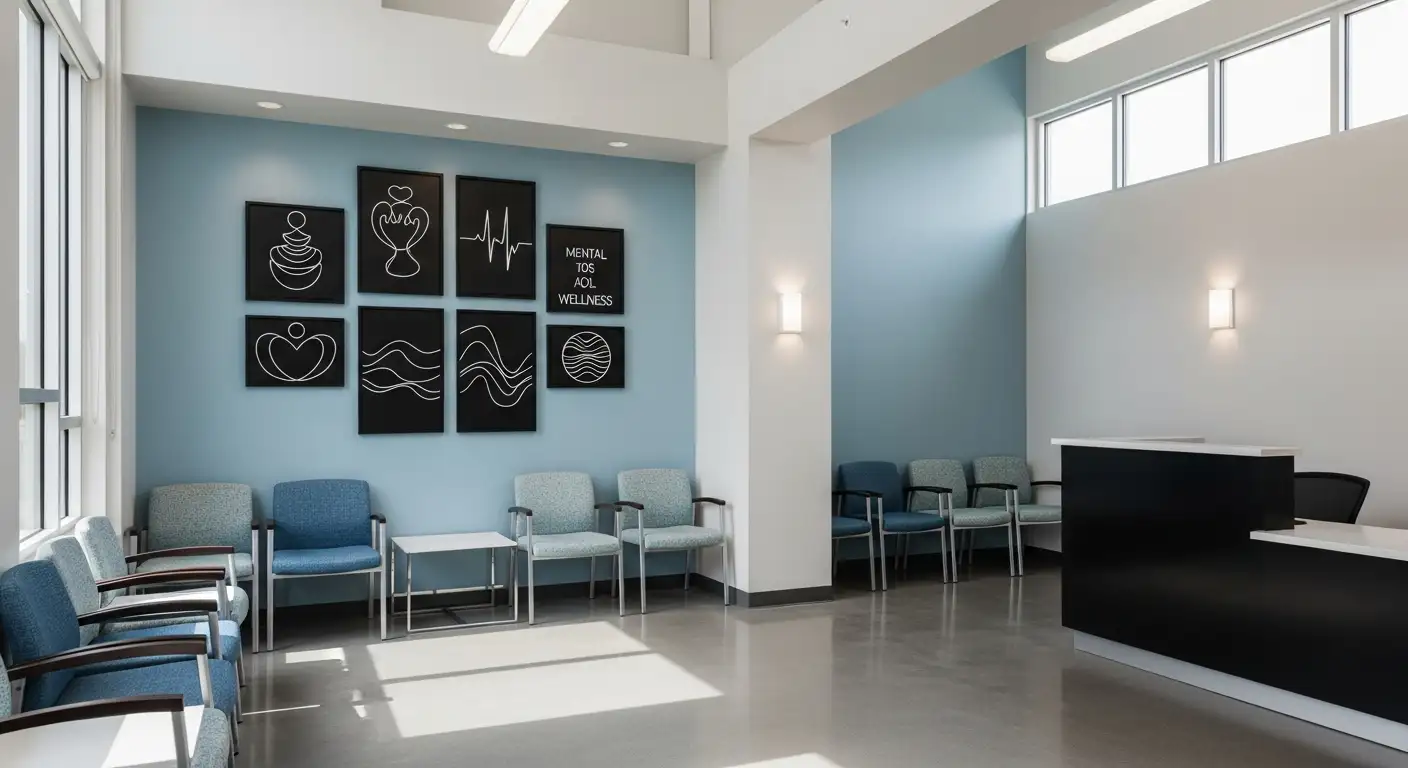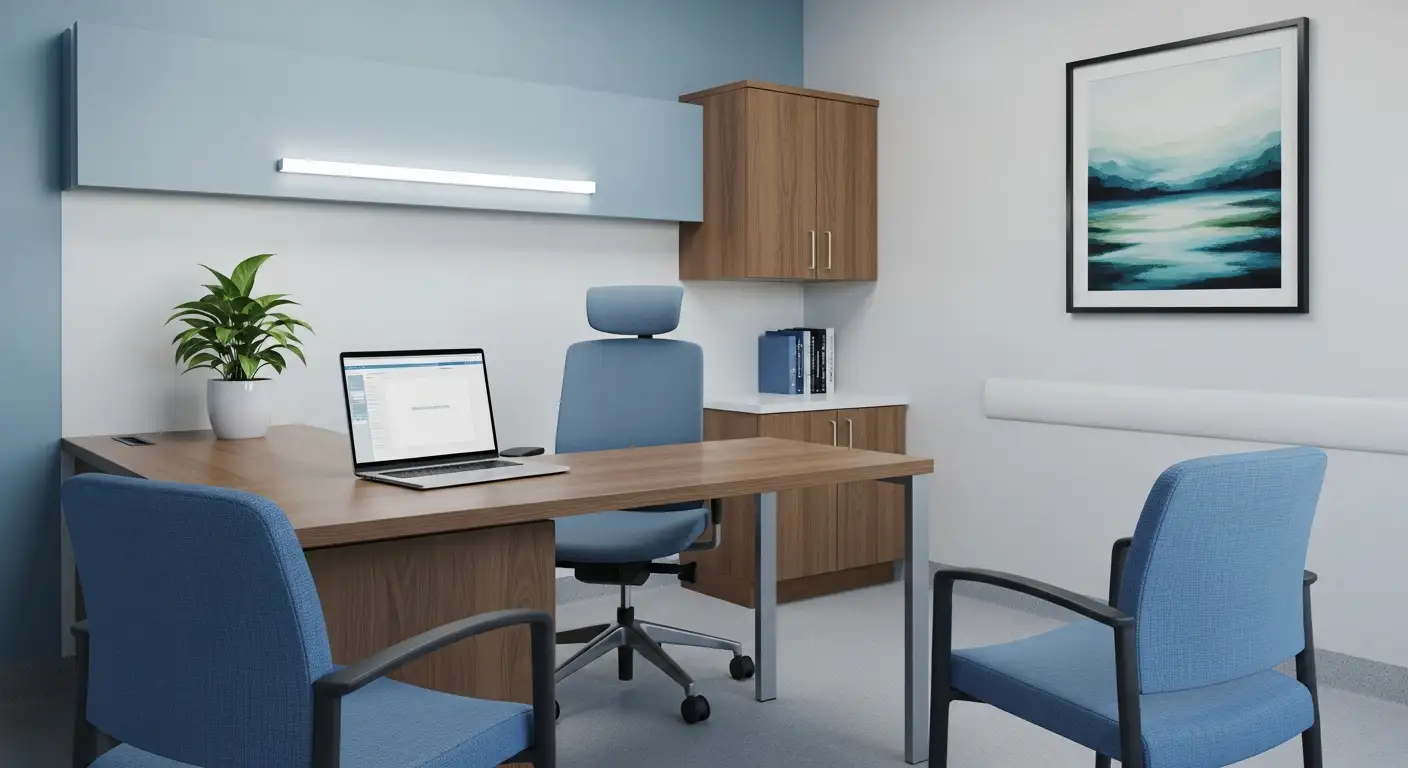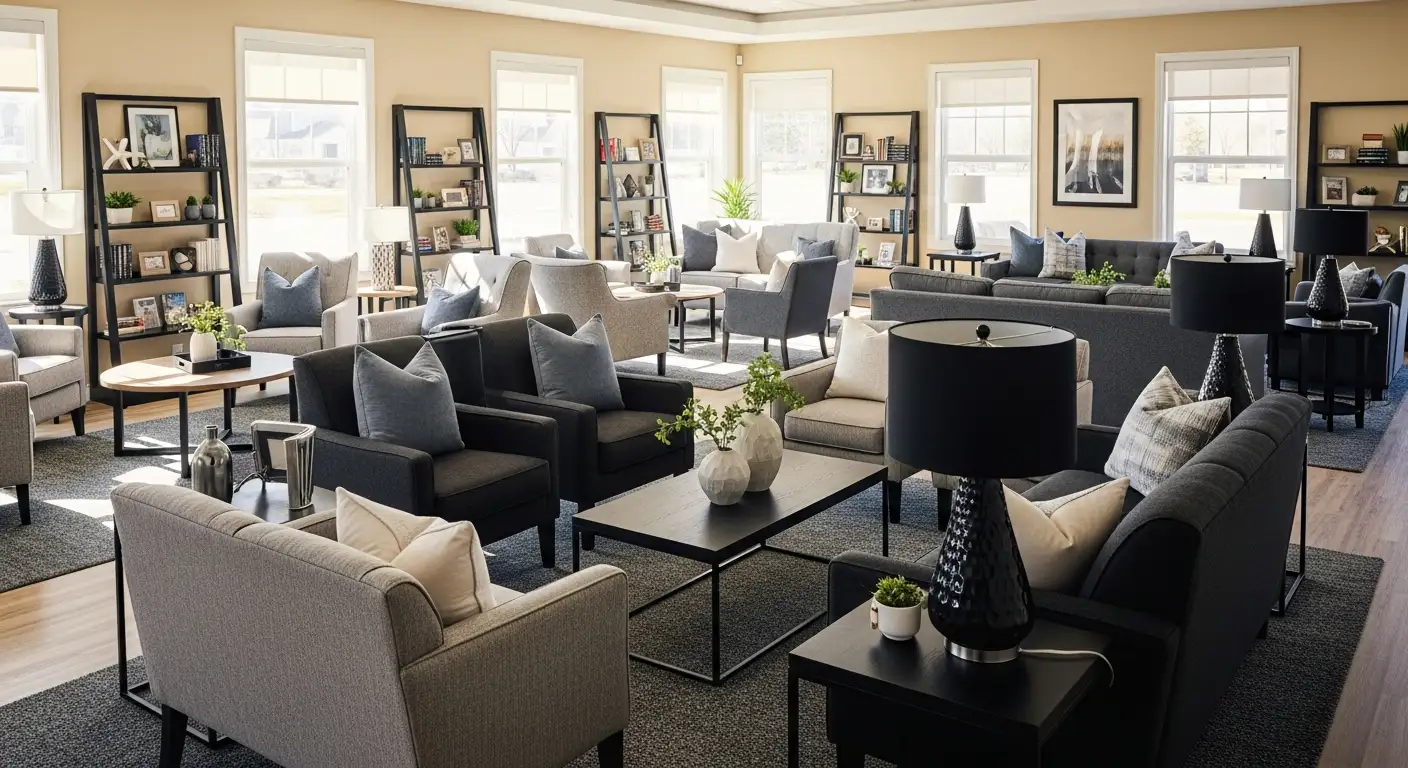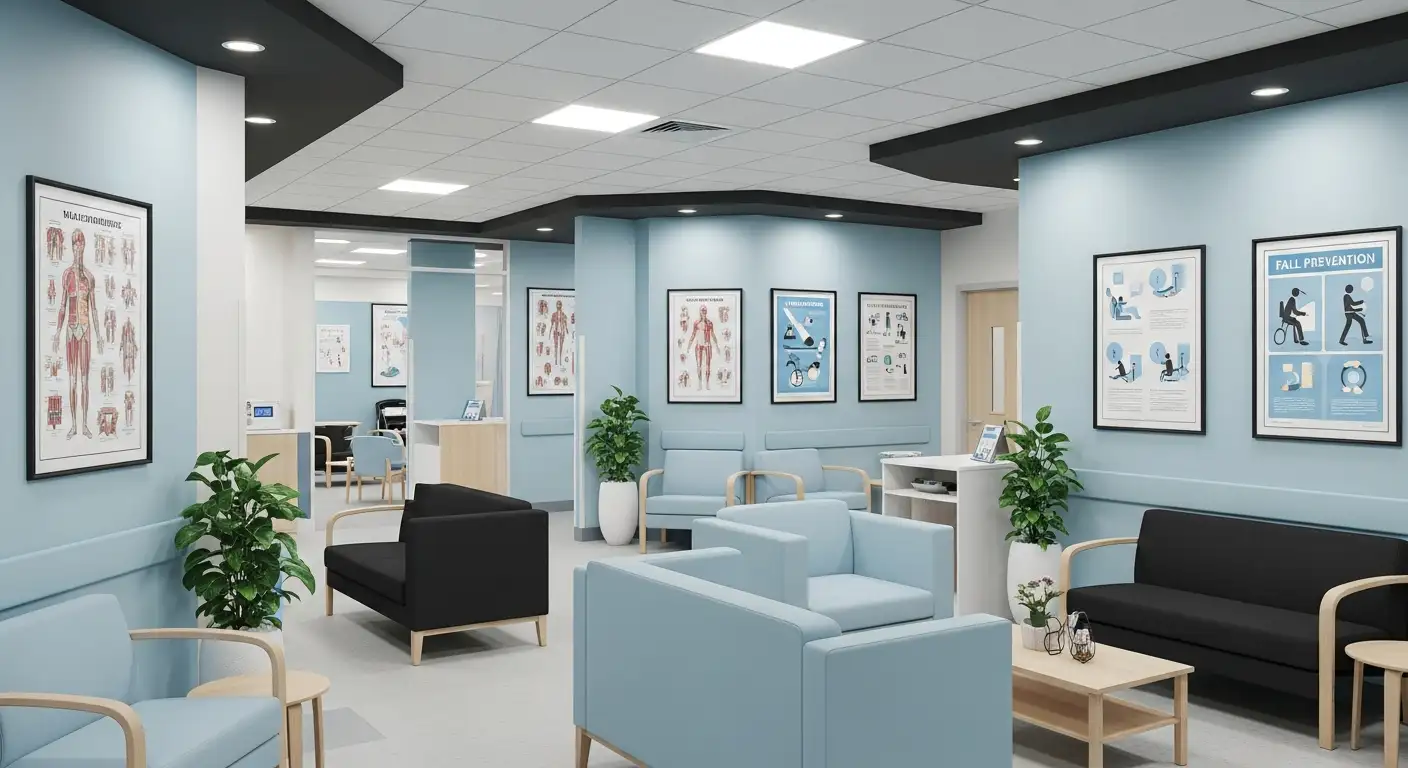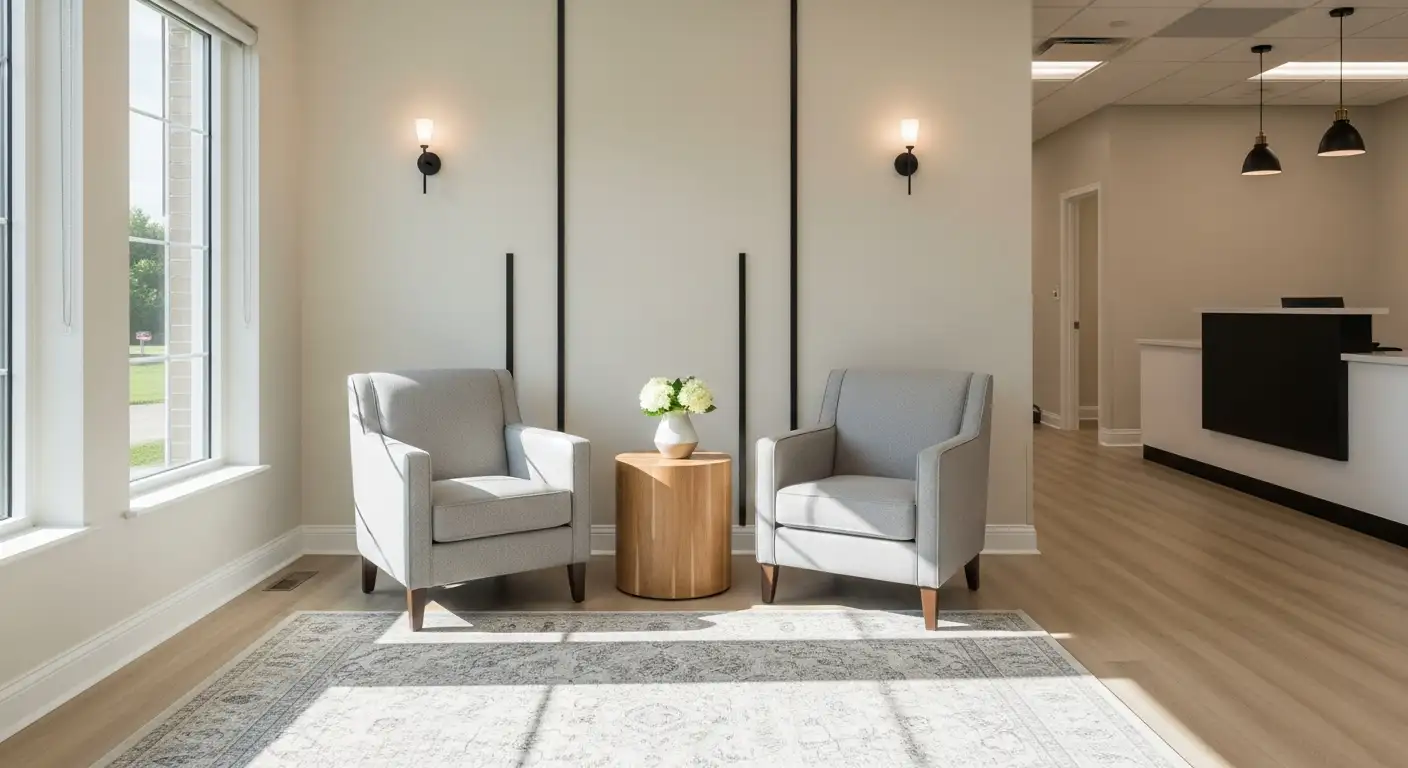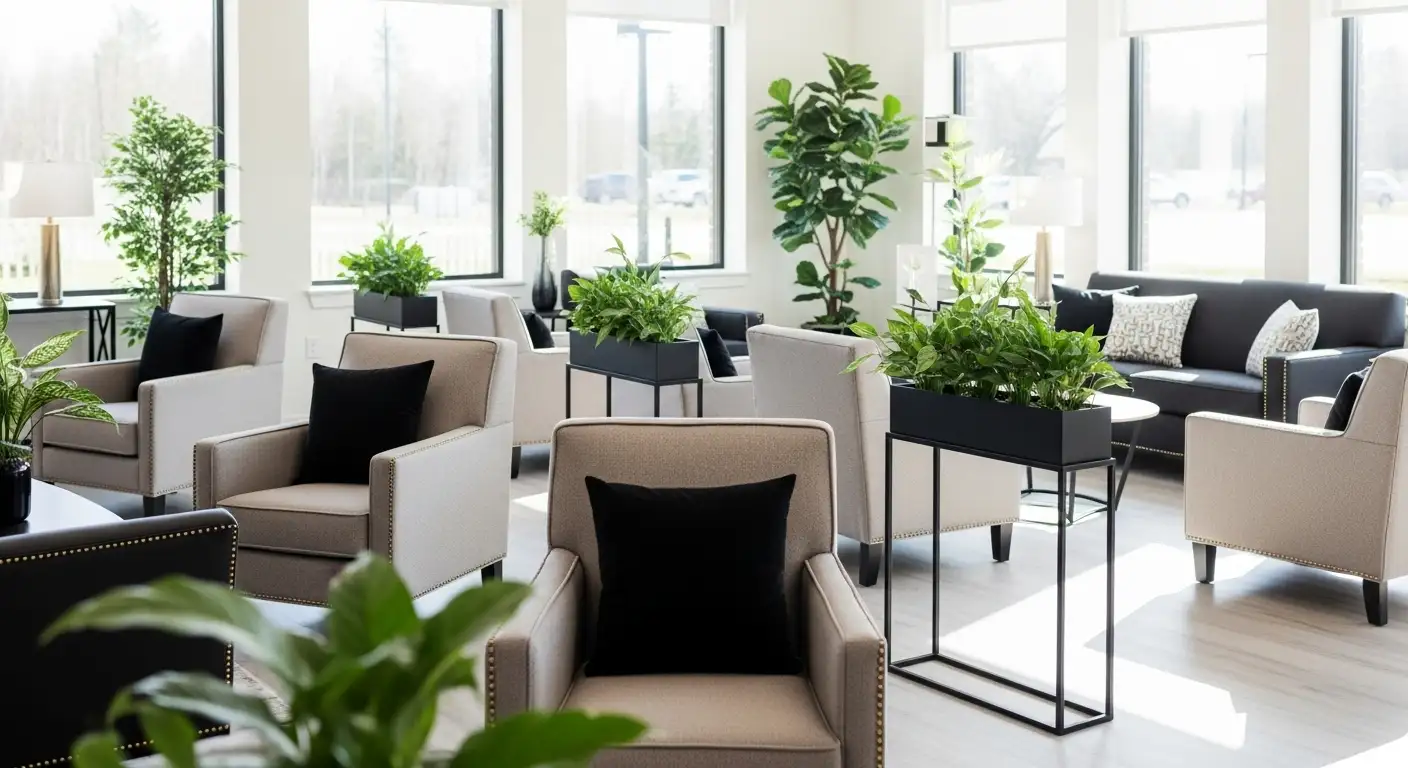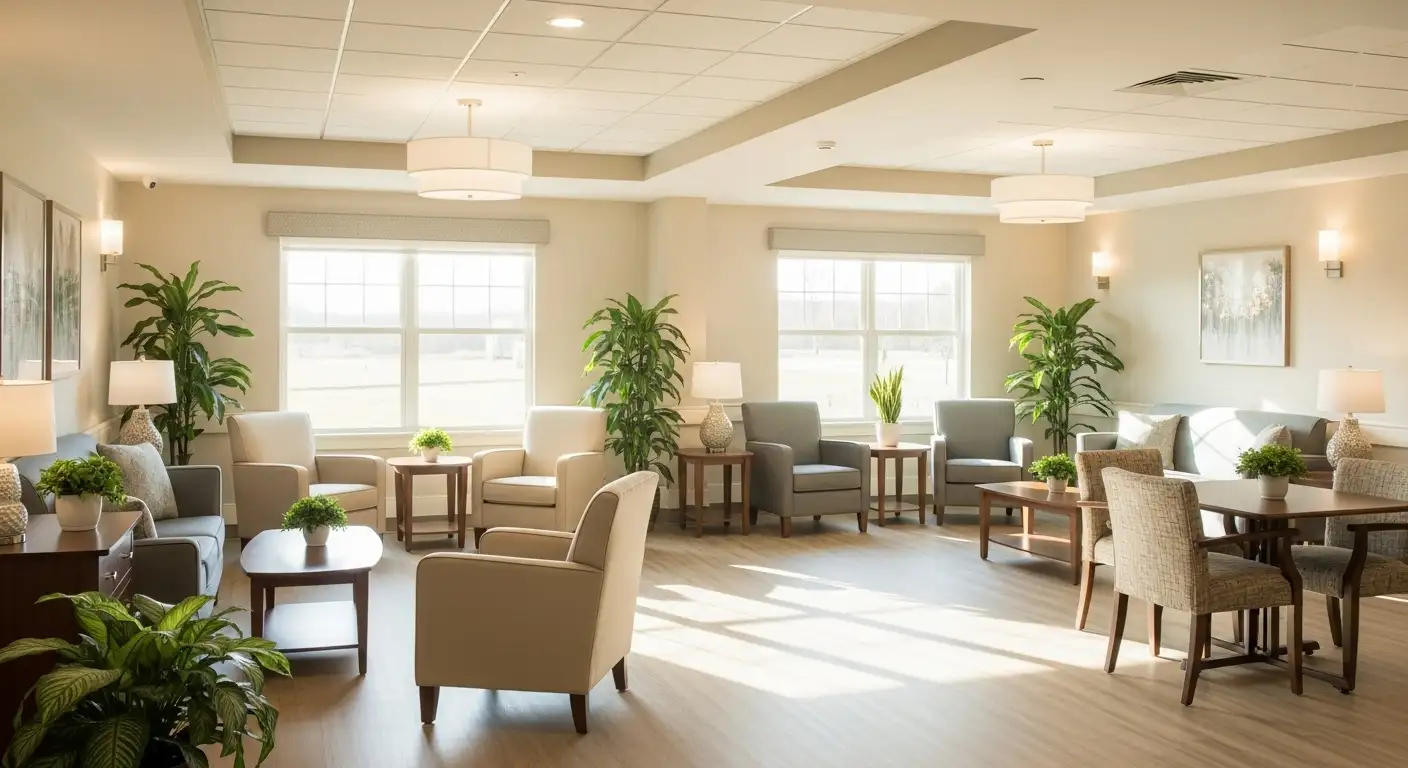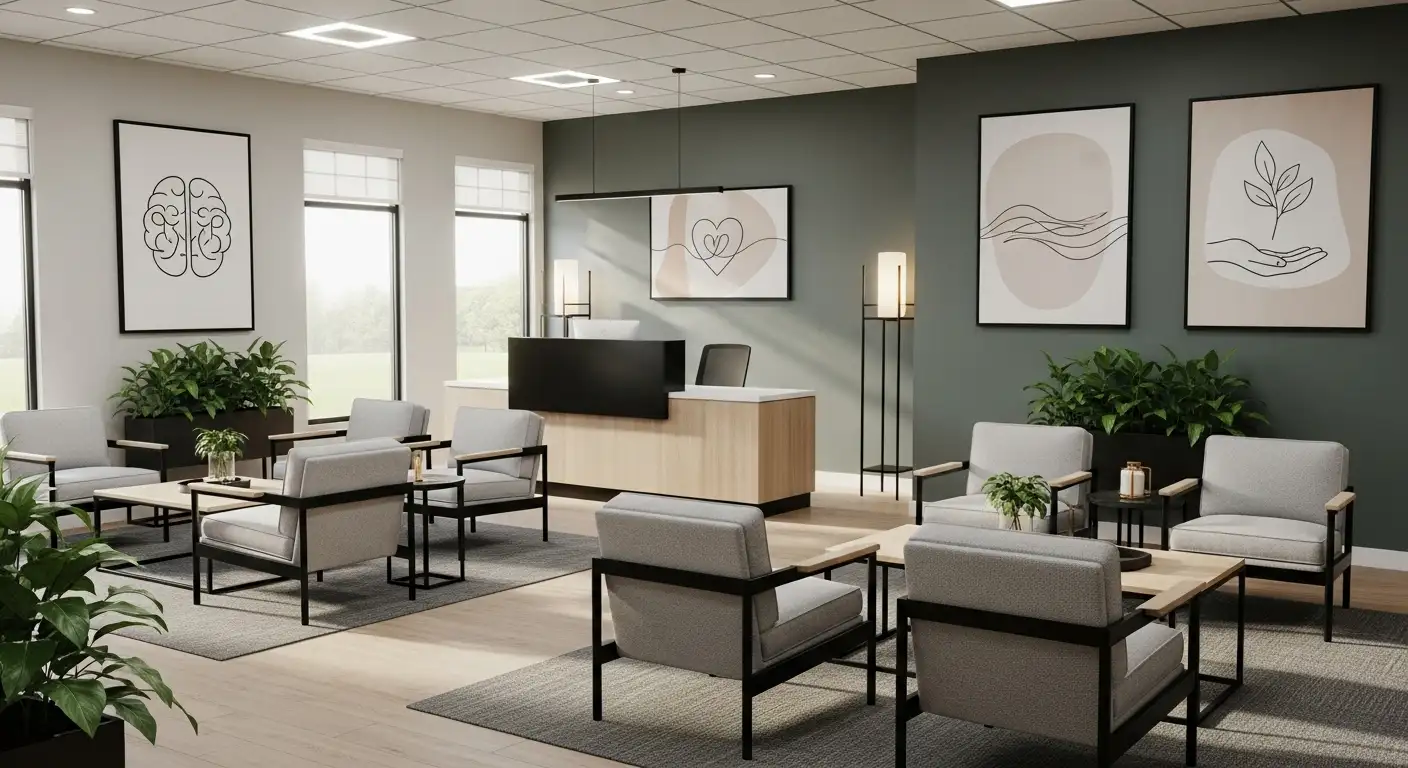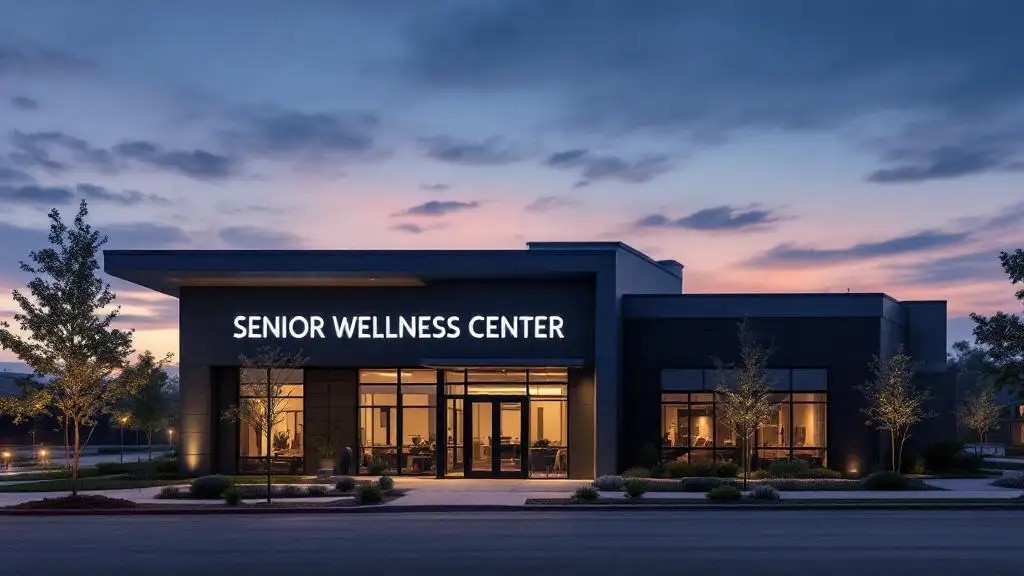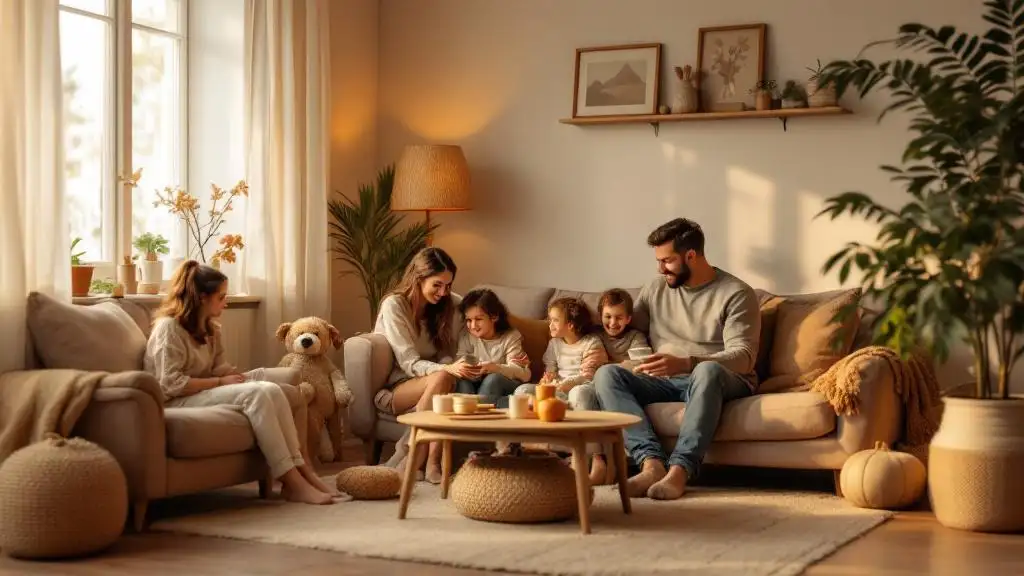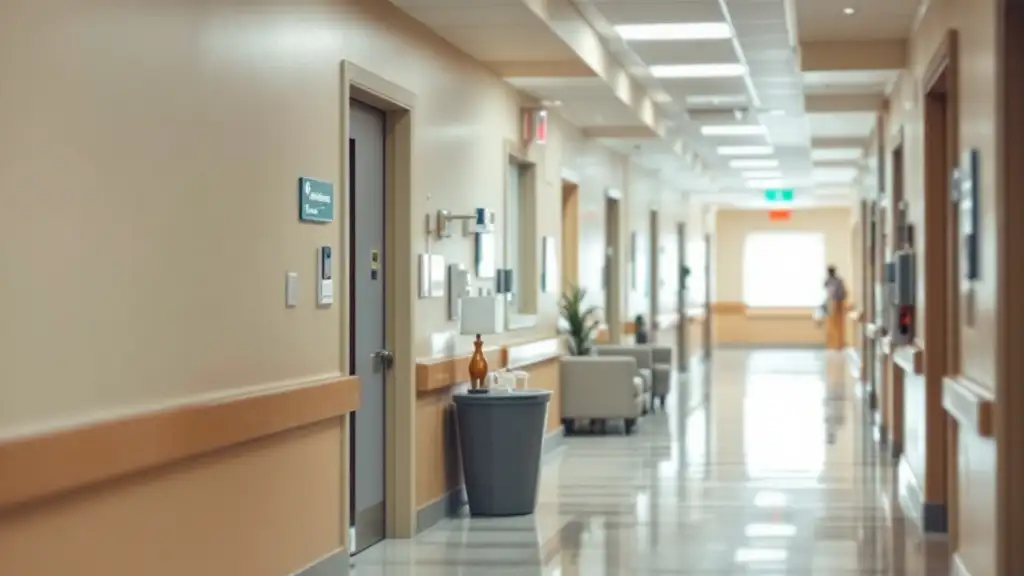Bridging Gaps in Elder Care through Effective Communication
Effective communication is the cornerstone of high-quality elder care, particularly within behavioral health teams. As the aging population increases, so does the need for tailored, compassionate, and precise communication strategies that foster trust, improve health outcomes, and promote patient-centered care. This article explores evidence-based approaches, practical techniques, team collaboration strategies, and the importance of cultural sensitivity, aiming to guide healthcare providers and teams in developing robust communication frameworks tailored to older adults in elder care settings.
Understanding the Essentials of Communication with Elderly Patients
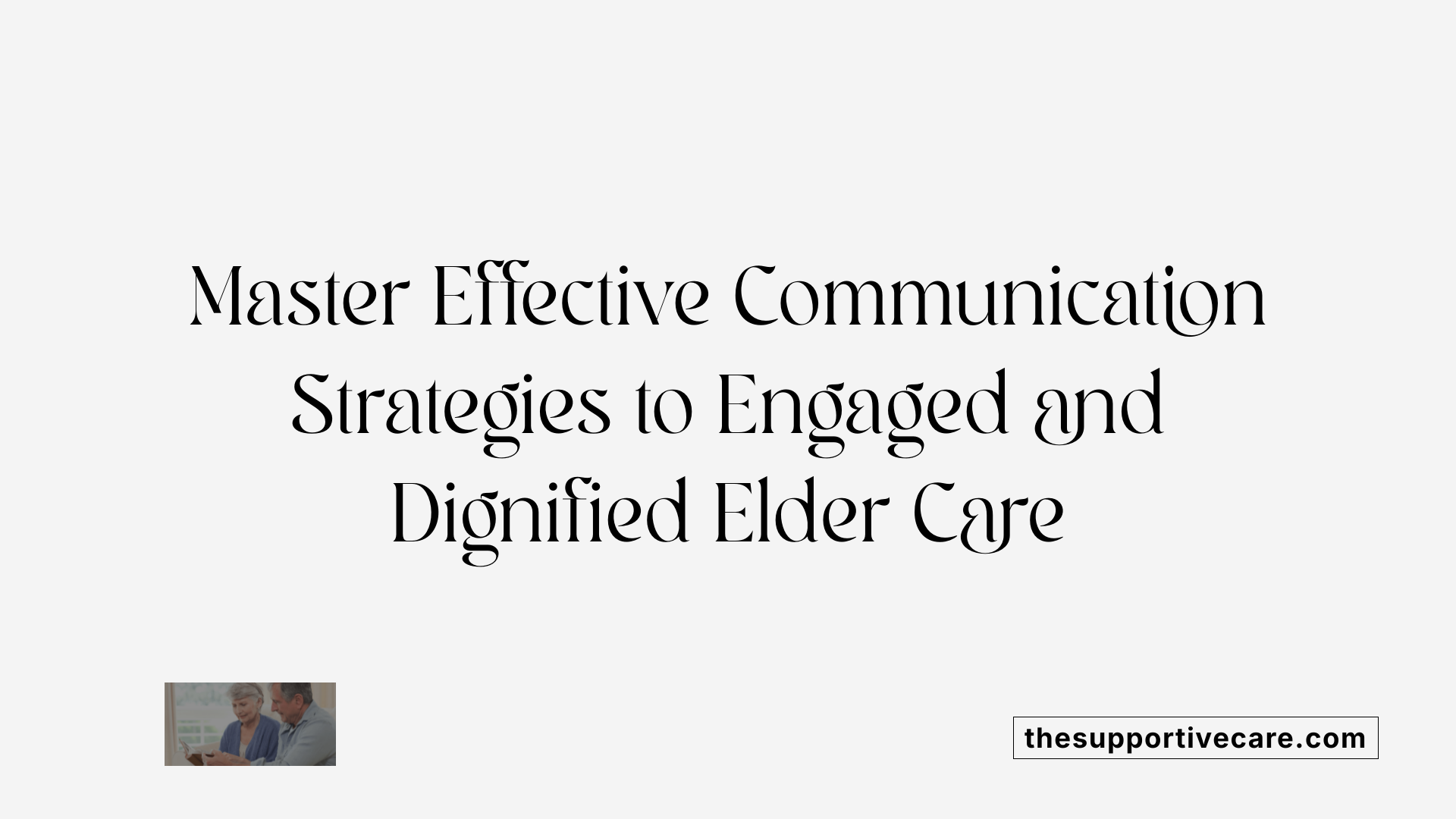
How should healthcare providers communicate effectively with elderly patients, including tips such as allowing extra time, maintaining eye contact, and speaking clearly?
Effective communication with older adults is crucial in providing high-quality care. It begins with speaking slowly and clearly, avoiding complex medical jargon that might confuse or overwhelm. Providing information in simple language and confirming understanding, such as using teach-back methods, helps ensure the patient grasps key details.
Facial orientation and eye contact are vital. Healthcare providers should face the patient directly, at eye level, and maintain good eye contact to foster trust and facilitate lip reading, especially when hearing impairments are present.
Adjusting the environment can make a difference. Offer seating, assist with mobility when needed, and minimize distractions to create a comfortable setting. Using amplification devices or large-font printed materials supports those with hearing or visual difficulties.
Allowing extra time for discussions gives patients the opportunity to ask questions without feeling rushed. Showing patience, respect for cultural differences, and involving family members or caregivers—while respecting the patient's autonomy—further enhance interaction.
Demonstrating empathy through active listening, non-verbal cues like gentle touch, and affirming the patient’s concerns contribute greatly to building a positive relationship. These approaches lead to better health outcomes, increased patient satisfaction, and a more collaborative care experience.
In summary, incorporating these verbal and non-verbal strategies creates a respectful, understanding environment where elderly patients feel valued, informed, and engaged in their care.
Frameworks and Evidence-Based Approaches for Enhanced Provider Communication
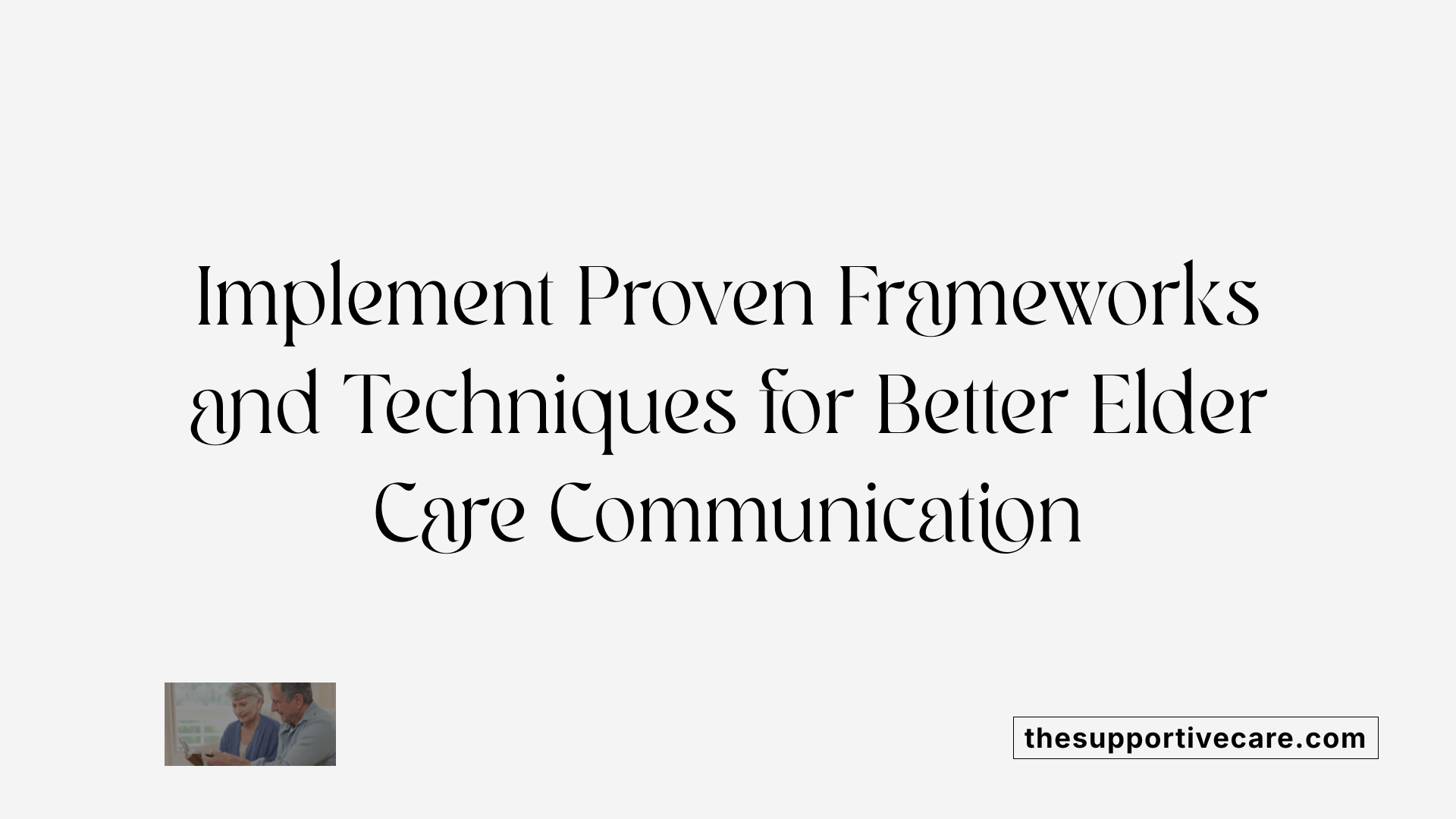
What frameworks and evidence-based approaches can improve communication among healthcare providers working with older adults?
Effective communication in elder care relies on structured, evidence-supported frameworks that promote understanding and respect. One popular model is the LEARN framework, which stands for Listen, Explain, Acknowledge, Recommend, and Negotiate. This approach encourages healthcare professionals to listen actively, explain situations clearly, acknowledge the patient’s perspective, recommend appropriate interventions, and involve the patient in decision-making. Using such frameworks helps foster a culturally sensitive and patient-centered environment.
In addition to standardized models, practical communication strategies like active listening and the teach-back method are highly effective. Active listening involves attentively hearing what the patient or caregiver says, using verbal acknowledgments and non-verbal cues to show engagement. The teach-back technique requires the provider to ask the patient to repeat information in their own words, ensuring comprehension and identifying areas needing clarification.
Adaptations to address age-related sensory and cognitive changes are crucial for effective interactions. These include simplifying language, maintaining eye contact, speaking slowly, and using visual aids or written materials. It's also important to involve caregivers, especially when cognitive decline is present.
Culturally and linguistically sensitive approaches further enhance communication. The Gerontological Society of America recommends adapting face-to-face interactions by considering hearing and vision impairments, cognitive status, and personal preferences. Non-verbal communication—such as gestures, facial expressions, voice tone, and physical proximity—plays a vital role in conveying empathy and understanding.
By integrating these evidence-based methods and tailoring communication to individual needs, healthcare providers can significantly improve patient trust, adherence, safety, and overall health outcomes in elder care settings.
Addressing Sensory and Cultural Sensitivities in Communication
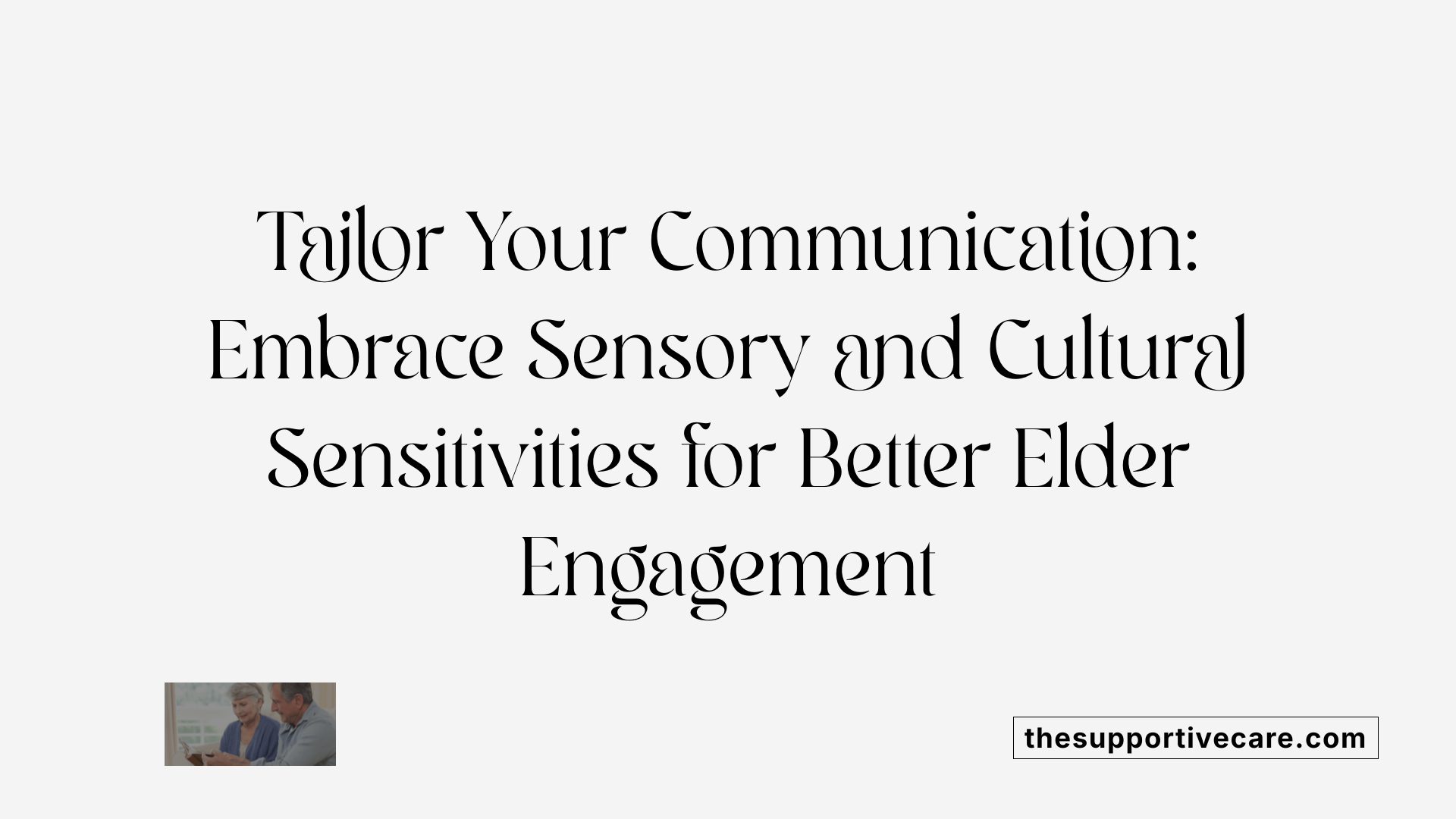 In elder care, effective communication involves more than just words; it requires sensitivity to sensory impairments and cultural backgrounds.
In elder care, effective communication involves more than just words; it requires sensitivity to sensory impairments and cultural backgrounds.
Healthcare providers should always use respectful, formal language when addressing older adults, asking for their preferred names and titles to foster dignity and trust. This respectful approach extends to involving family members and caregivers appropriately, ensuring their participation while respecting the patient's privacy.
To accommodate hearing deficits, clinicians should face the patient directly at eye level, speak clearly, and use amplification devices if available. Ensuring good lighting and reducing background noise help those with visual impairments. For patients with visual challenges, larger fonts, high-contrast printed materials, and audio aids can significantly improve understanding.
Cultural differences play a crucial role in communication. Providers should be aware of diverse health beliefs and practices, and utilize translation services or bilingual staff to bridge language gaps. Offering culturally tailored educational materials and being sensitive to cultural norms enhance engagement and trust.
Creating a calm, unhurried environment, using visual aids, and employing methods like teach-back ensure the patient understands the information provided. Engaging family members appropriately supports shared decision-making.
In sum, tailoring communication strategies to sensory and cultural needs fosters better health outcomes, patient satisfaction, and safety in elder care.
Strategies to Improve Team Collaboration and Coordination
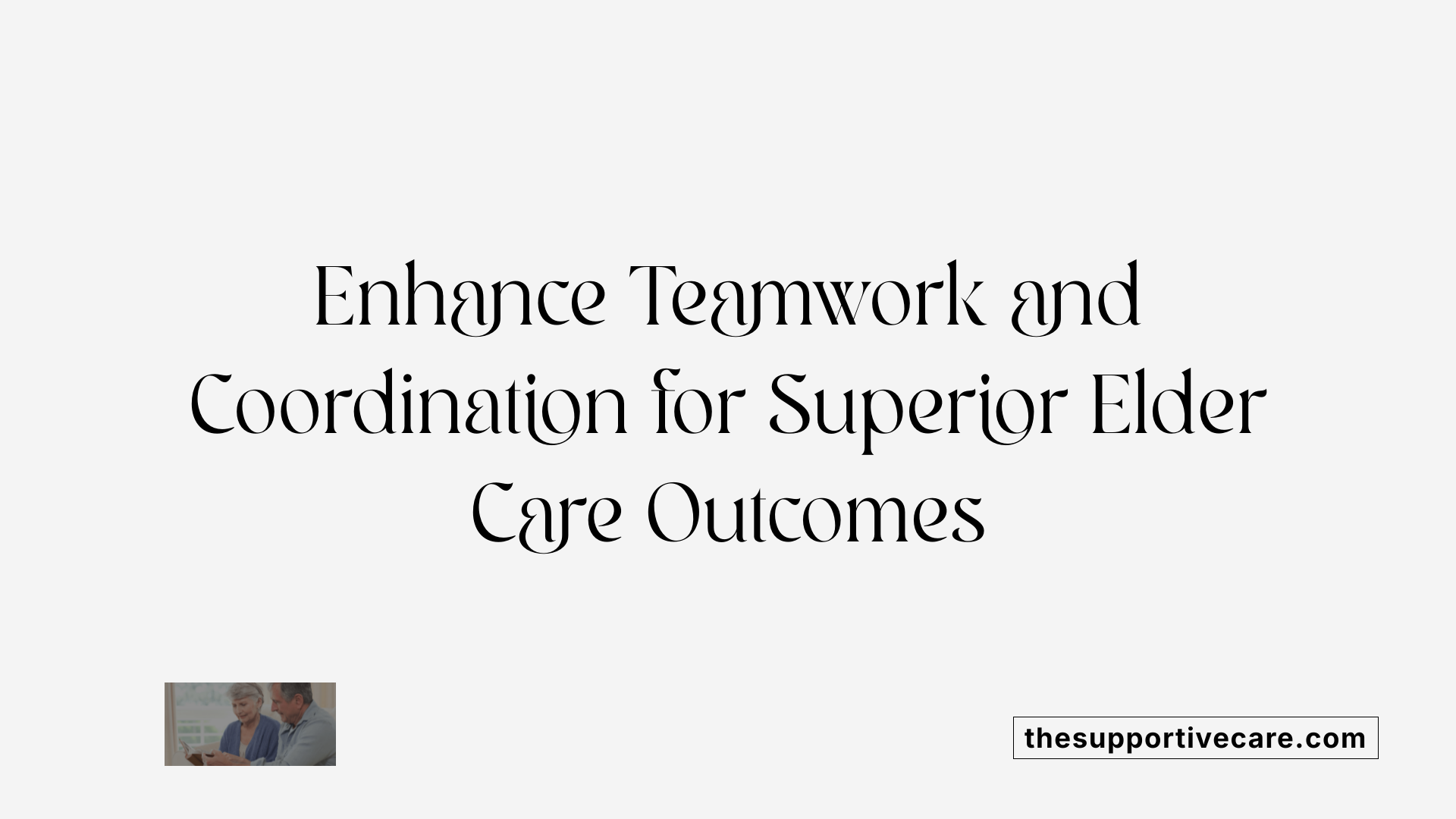
What methods can be used to improve team collaboration and coordination in elder care environments?
Enhancing teamwork within elder care settings relies heavily on effective communication strategies that involve both technological tools and interpersonal methods. The adoption of digital communication platforms, such as secure messaging apps or integrated healthcare software, enables real-time information sharing among healthcare providers, caregivers, and administrative staff. These tools help ensure that everyone stays informed about a resident’s condition, care plans, and modifications, reducing errors and improving responsiveness.
Structured meetings and educational sessions also play a critical role. Regular in-person or virtual meetings allow team members to discuss patient concerns, review care strategies, and address any challenges collaboratively. Educational modules or training sessions, facilitated by specialists or team leaders, further reinforce communication standards, cultural sensitivity, and best practices. Providing takeaway resources like pamphlets or digital guides ensures that staff and families have access to consistent, updated information.
In addition to verbal exchanges, nonverbal communication techniques contribute significantly to team cohesion. Active listening, maintaining appropriate eye contact, and using empathetic gestures like touch or head nods foster trust and mutual respect. Tailoring these strategies to accommodate sensory impairments common among elders enhances understanding and teamwork.
Together, these methods cultivate a culture of openness and respect, essential for delivering person-centered, high-quality care. Organizations that prioritize clear, sustained, and culturally sensitive communication are better positioned to coordinate effectively, ultimately leading to better health outcomes and greater satisfaction among residents, families, and staff.
Best Practices in Behavioral Health Communication within Elder Care Teams
What are best practices and strategies for effective communication within behavioral health teams in elder care settings?
Effective communication within elder care teams, especially in behavioral health, hinges on fostering a person-centered and empathetic environment. This involves understanding and respecting the diverse physical, cognitive, and cultural backgrounds of older adults. Team members should employ clear, straightforward language and active listening to ensure mutual understanding.
Non-verbal cues such as maintaining eye contact, using gentle touch when appropriate, and offering reassuring gestures are vital in building trust and rapport with residents. Regular interactions should include involving families and other healthcare professionals to facilitate collaboration and shared decision-making. Providing timely, respectful, and tailored information helps residents and families feel valued and involved.
Choosing a calm, unhurried approach minimizes misunderstandings and supports effective dialogue. Creating an environment free of distractions further enhances comprehension, reduces errors, and fosters better relationships.
To continually improve communication, teams can utilize training sessions and frameworks like the ‘How, When, and What’ model. This approach emphasizes how communication is delivered, when it takes place, and what content is shared—ensuring consistency and clarity. Overall, integrating these strategies leads to improved health outcomes, higher satisfaction, and a more harmonious care setting.
Improving Health Literacy and Patient Engagement among Older Adults
What are effective strategies for health literacy and patient engagement with older adults?
Promoting health literacy and fostering active patient engagement are crucial in elder care to improve health outcomes and ensure safe, person-centered care. One fundamental approach is the use of simple, clear language in all communications. Avoiding medical jargon and complicated terminology helps ensure understanding.
Visual aids such as diagrams, pictures, and large-font printed materials can significantly enhance comprehension, especially for those with sensory impairments. Incorporating teach-back techniques, where patients are asked to repeat information in their own words, verifies understanding and clarifies misconceptions.
Shared decision-making is vital in engaging older adults. Encouraging questions and discussions about treatment options makes patients feel involved and respected.
Addressing cultural and language differences is essential. Providing interpretation and translation services, alongside culturally tailored education, can bridge communication gaps and promote health equity.
Organizational practices also support engagement. Developing health-literate systems—like simplified navigation within healthcare facilities, accessible digital tools, and user-friendly patient portals—facilitates easier access to information and services.
Moreover, creating a supportive environment that promotes confidence and motivation empowers older adults to take an active role in managing their health. Encouraging self-efficacy and providing ongoing education are effective strategies that lead to better health behaviors and outcomes.
| Strategy | Implementation Example | Expected Benefit |
|---|---|---|
| Use plain language | Simplify forms and instructions | Better understanding and reduced confusion |
| Visual aids | Posters, large fonts, diagrams | Improved retention and comprehension |
| Teach-back methods | Ask patients to explain information in their own words | Ensures understanding and clarifies misconceptions |
| Cultural and language support | Translation services, culturally appropriate materials | Increased trust and engagement |
| Organizational practices | Easy-to-navigate portals, accessible info systems | Easier access to care and resources |
| Foster confidence and motivation | Regular encouragement and positive reinforcement | Increased self-efficacy in health management |
Adopting these strategies, tailored to individual needs and cultural backgrounds, creates a respectful and effective communication environment. This fosters trust, supports informed decision-making, and ultimately leads to healthier and more satisfied elders.
Enhancing Staff-Family Communication in Long-Term Care Settings
Effective communication between staff and families plays a vital role in delivering quality elder care. Regular updates, structured family meetings, and digital portals are essential tools to ensure families stay informed and engaged in their loved ones' care.
Implementing routine and proactive communication strategies helps prevent misunderstandings and reassures families that their loved ones are well cared for. These methods include scheduled meetings—either in-person or virtual—and regular written updates or summaries sent through emails or care management platforms.
Training staff in compassionate communication techniques is another crucial component. Techniques such as active listening, empathetic responses, and non-verbal cues like eye contact and body language foster trust and understanding. Equipping staff to communicate clearly and respectfully helps build strong relationships with families, making them feel valued and involved.
Utilizing technology is increasingly important in modern elder care. Digital tools like secure messaging apps, real-time update portals, and video conferencing enable timely information sharing. These resources make it easier to inform families about care changes, upcoming appointments, or emergencies without adding to staff workload.
Cultural competence is also fundamental. Providing translation services, culturally sensitive educational materials, and accommodating language differences ensure all families receive and understand necessary information. Recognizing diverse cultural norms and health beliefs fosters a respectful and inclusive environment.
Addressing sensory impairments is essential as well. Staff should use large fonts, ensure good lighting, and utilize audio-visual aids for families with hearing or visual challenges. Flexibility in communication methods guarantees that every family member can stay involved.
Overall, establishing open, honest, and respectful conversation pathways enhances collaboration and aligns care goals. When staff and families work together with clear communication, it supports personalized care plans, reduces conflicts, and ultimately improves residents' well-being and satisfaction.
Optimizing Communication for Resident Outcomes and Patient-Centered Care
What are key tips and insights for optimizing communication to improve resident care, outcomes, and patient-centered approaches?
Effective communication is fundamental to delivering high-quality, person-centered elder care. Healthcare providers should prioritize approaches that respect residents as fellow adults, honoring their autonomy, preferences, and dignity. Asking residents how they prefer to be addressed and involving them in decisions encourages respect and participation.
Using clear, simple language and speaking slowly can accommodate sensory impairments such as hearing loss or cognitive challenges. Face-to-face interactions with direct eye contact, combined with non-verbal cues like gentle touch, head nodding, and active listening, foster trust and understanding.
Environmental adjustments, such as ensuring good lighting, minimizing distractions, and providing printed summaries or visual aids, enhance comprehension. Offering written materials helps residents remember key health information, facilitating better engagement.
Involving families and caregivers appropriately is essential. Respecting patient privacy while including loved ones in conversations about care plans supports emotional well-being and better decision-making. Recognizing caregivers as 'hidden patients' with their own health needs encourages a holistic approach.
Thorough history-taking using flexible questions about current concerns, medications, and social factors enables personalized care. Regular updates, proactive communication, and tailored information improve satisfaction and health outcomes.
In sum, adopting empathetic, respectful, and adaptable communication strategies—incorporating environmental modifications and multiple formats—can significantly enhance resident care, foster trust, and improve overall healthcare results.
Addressing Challenges and Barriers in Elder Care Communication
What are considerations for overcoming barriers and challenges in communication within elder care teams?
Effective communication is a vital element in delivering quality care to older adults. Addressing the unique barriers faced in elder care requires a person-centered approach that takes into account sensory, cognitive, and cultural differences among residents.
One fundamental aspect is respecting each individual's preferences and abilities. For residents with sensory impairments, strategies include ensuring good lighting, using amplification devices for hearing issues, and maintaining face-to-face contact to enhance lip-reading and non-verbal cues. For those with visual deficits, providing large-print materials, using visual aids, and ensuring adequate lighting can be helpful.
Supporting cognitive challenges involves simplifying information, using clear and consistent language, and employing visual or tactile tools. Techniques like the Positive Approach to Care™ (PAC) can guide caregiving for residents with dementia, promoting dignity and understanding.
Communication within care teams also benefits from training in effective interpersonal skills. This includes speaking slowly and clearly, maintaining eye contact, and avoiding medical jargon that can cause confusion. Utilizing structured frameworks, such as the 'How, When, and What' approach, helps streamline communication by focusing on the quality, timing, and content of information shared.
Family involvement plays a crucial role; sharing information and involving relatives in care decisions can reinforce communication, reduce misunderstandings, and support the resident's emotional well-being. Recognizing family caregivers as active partners and acknowledging their own health needs enhances overall care quality.
Cultural competence is essential—being sensitive to cultural differences and providing translation services when necessary can foster trust and understanding. Overcoming barriers like language differences and cultural misconceptions requires staff awareness, patience, and supportive policies.
Creating a supportive environment also involves ongoing staff training, fostering teamwork, and promoting emotional intelligence among caregivers. By emphasizing empathy, patience, and respect, teams can navigate challenges more effectively.
In sum, effective communication in elder care hinges on tailored strategies that respect individual differences, clear and compassionate interactions, family engagement, and culturally sensitive practices. These considerations collectively foster a trusting, empathetic, and safe care environment where residents feel valued and understood.
Fostering a Culture of Effective Communication in Elder Care
Developing comprehensive, evidence-based communication strategies is vital for behavioral health teams working with older adults. By integrating verbal and non-verbal techniques, understanding cultural and sensory differences, employing structured frameworks, and fostering teamwork, caregivers and professionals can significantly improve interactions. Equipping staff with ongoing training promotes consistency and empathy, which are essential for building trust, ensuring safety, and achieving positive health outcomes. Strong communication not only enhances resident satisfaction and participation but also creates a collaborative, respectful environment that upholds the dignity and autonomy of each elder. Cultivating a culture of open, empathetic, and culturally sensitive communication ultimately advances the quality of elder care and supports the holistic well-being of older adults and their families.
References
- Talking With Your Older Patients | National Institute on Aging
- 10 Strategies for Communicating Effectively With Senior Care ...
- Quality communication can improve patient-centred health ...
- Improving Communications With Patients and Families in Geriatric ...
- Module 4: Teamwork and Communication: Facilitator Notes
- Effective Communication Strategies with Home Care Providers and ...
- Communication Strategies | Health Literacy - CDC
- Communication and older people in hospital | health.vic.gov.au
- Communication Tips for Caregivers - American Heart Association
